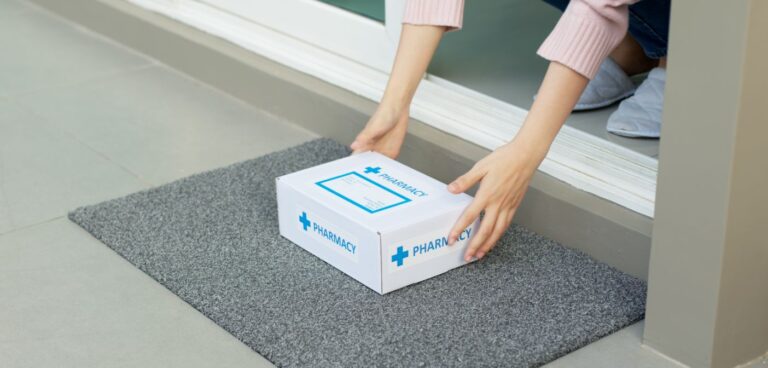Pressure is mounting on pharmacies in the UK, with 1,274 pharmacies having been closed in the past three years.
With demand for services already high and the fewest number of pharmacies in the UK since 2015 (according to NHS data), this pressure is only set to increase following the announcement that patients will be able to access health services through pharmacies without needing to see a GP.
Statista data shows that 1.04 billion prescriptions were dispensed across pharmacies in England in 2021-2022, an increase of 27 million on the previous year.
One strategy helping pharmacies to cope with demand is the introduction of home prescription deliveries. Independent pharmacy chain Numark had over 25,000 prescriptions delivered to patients’ homes in 2022.
Kurtis Dodge, Senior Commercial and Digital Proposition Manager at Numark, said: “There’s no denying that the pharmacy sector is facing significant challenges, but also that demand for pharmacy services is ever-increasing.
“Delivery services can offer pharmacies the opportunity to branch out to those customers who may fall into one of the ‘pharmacy deserts’. It has the potential to relieve some of the pressures from pharmacists with structured delivery routines for regular repeat prescription patients.”
Pharmacy deserts are areas where inhabitants have fewer and fewer local pharmacies available to access. Research by last mile delivery company Gophr found that the top four pharmacy deserts are the South East, the London Metropolitan Area, the West Midlands, and the North West.
In the worst area for access to a pharmacy, the South East, there are 5,882 people per pharmacy, with the each pharmacy in England serving an average of 6,078 people.
Gophr works with pharmacies including Numark, Boots, Lloyds to deliver pharmaceutical goods to customers and patients around the UK. Its Strategic Account Director Graham Smith said: “We know from our experience in the sector that changing working hours and pharmacy closures are causing considerable strain – both on pharmacists and patients. But it was only after digging into the numbers, and speaking to our clients, that the true challenge became clear.
“The fact that pharmacists are serving more customers at a speed that is not sustainable is concerning. So the sector is right to be thinking differently about how it serves patients.”







